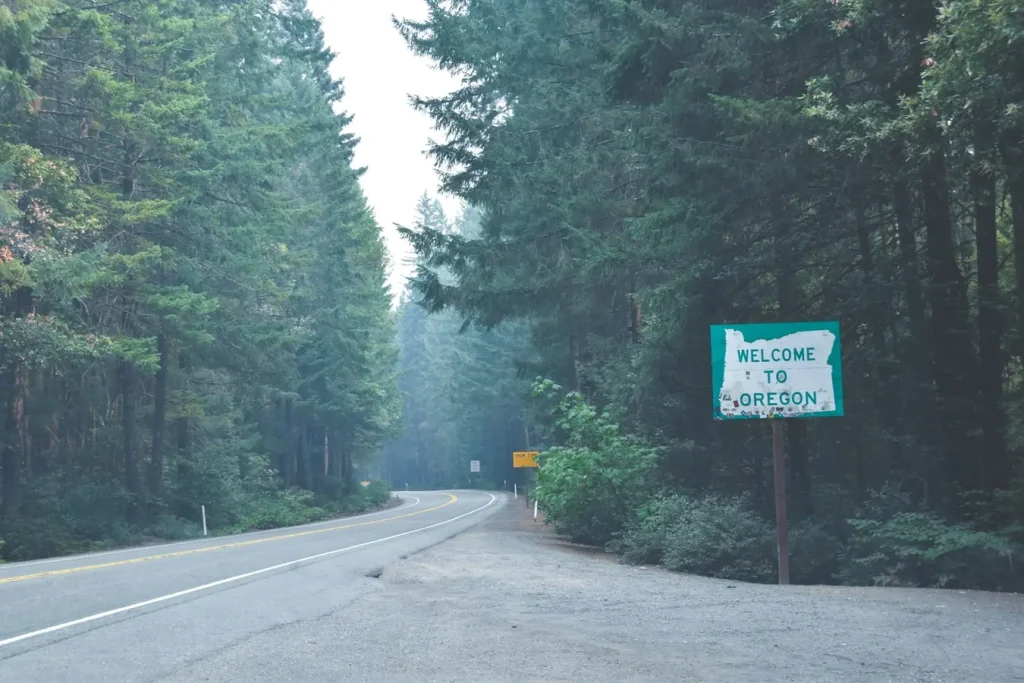Now Reading: Revived hydropower project to bring forced displacement, Peru communities warn
-
01
Revived hydropower project to bring forced displacement, Peru communities warn
Revived hydropower project to bring forced displacement, Peru communities warn

A bill introduced in February proposes that the construction of the Pakitzapango hydroelectric dam in Peru’s Junín region is crucial for national interests, asserting that it would enhance the country’s energy security. The dam is planned to be built on a revered gorge on the Ene River, which holds significance in the mythology of the local Indigenous Asháninka community. However, concerns have been raised by community members and environmental experts regarding the potential displacement of residents and the rationale behind the project’s energy security benefits.
The revival of the Pakitzapango dam project follows its cancellation over a decade ago due to environmental issues and opposition from the Asháninka population. The bill aims to present the construction of the dam as vital for national development, sparking worries among communities about their future. The proposal emphasizes that the project would ensure energy security, boost economic growth through energy trade, and support local progress. Nevertheless, Asháninka leaders and members of the Indigenous organization Central Asháninka del Río Ene (CARE) have expressed concerns over the potential flooding of their homes, destruction of ancestral lands, and threats to their cultural heritage.
The bill, numbered 10349/2024-CR, highlights that the dam’s construction would impact around 10,000 Asháninka individuals and submerge an area of approximately 95 kilometers. The site is home to several Asháninka communities and lies within the buffer zone of the Asháninka Communal Reserve and Otishi National Park. The proposed 541-foot-high dam would be situated in a sacred gorge, significant to the Asháninka culture and history.
While the bill awaits a decision from the Energy and Mines Commission of the Congress of the Republic, concerns persist regarding the environmental consequences of the project. The dam’s potential impact on the local ecosystem, threatened species, and the historical trauma experienced by the Asháninka people during past conflicts are subjects of ongoing debate.






